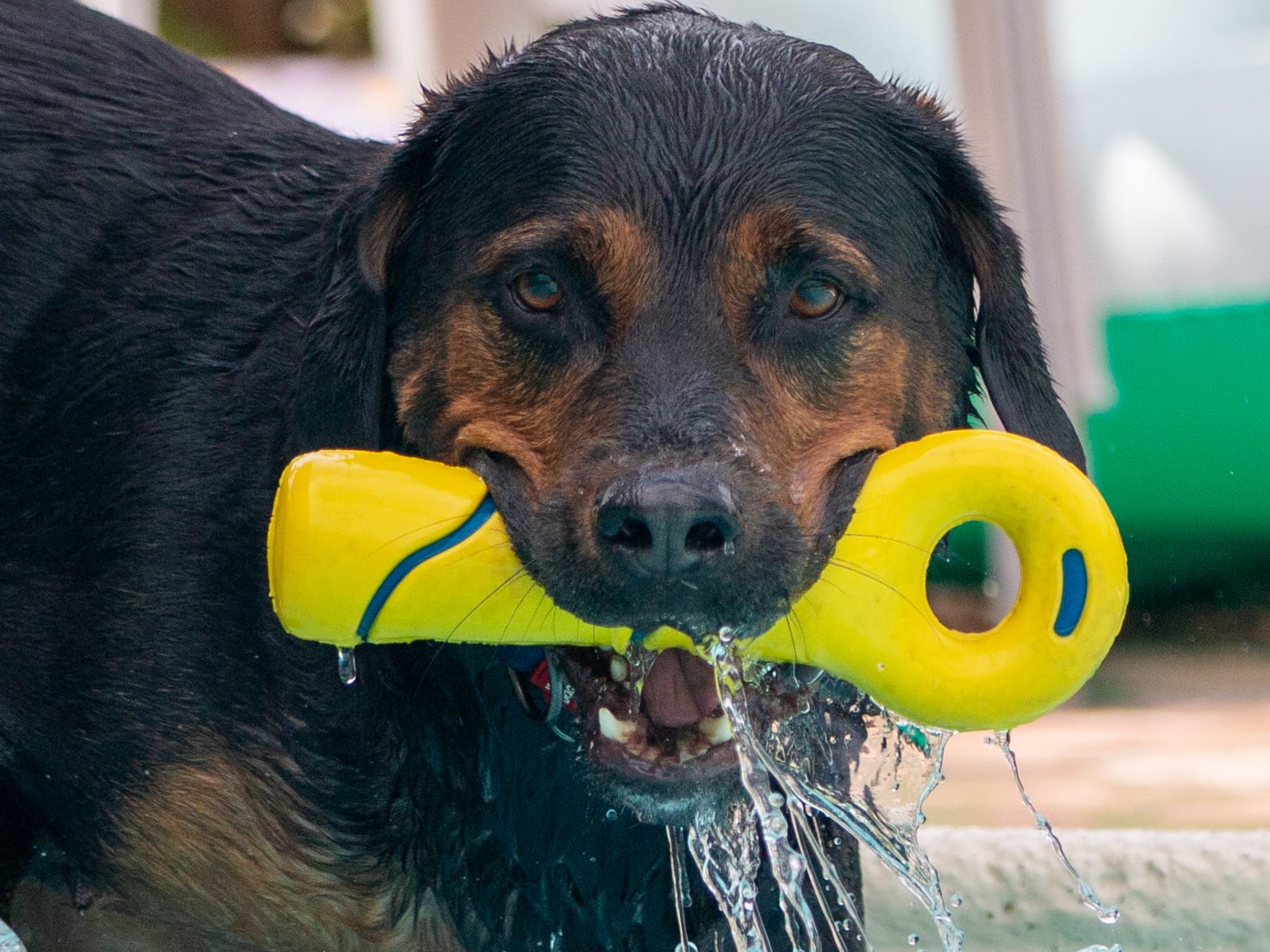The week ending February 8
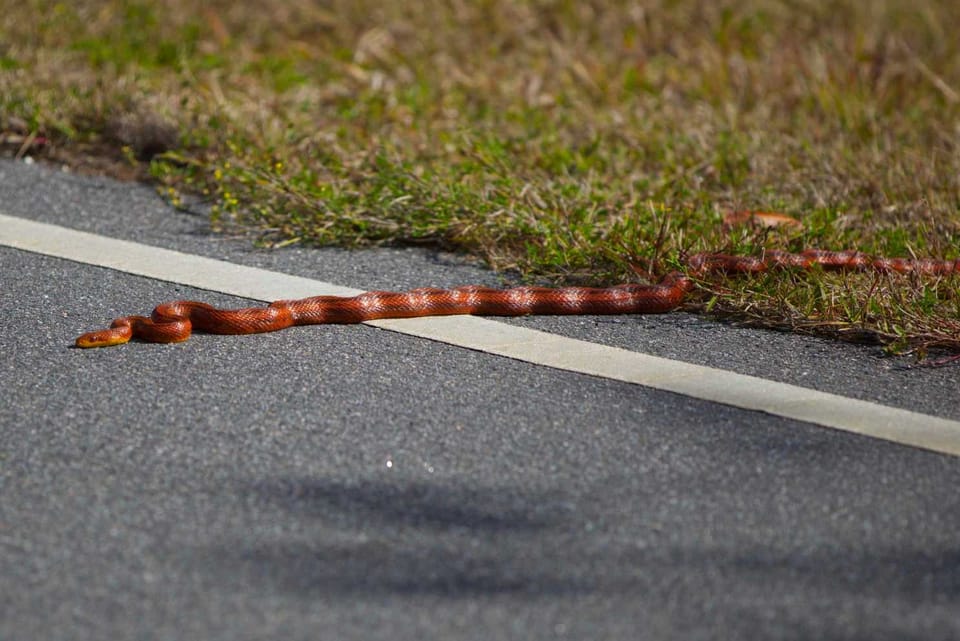
Just trying to survive
Finite Disappointment?
As I tried in vain to find a parking spot at Target that didn't have an abandoned cart in it the thought occurred to me: tourists play a role in the mentality of South Florida. While most of the people in my neighborhood are likely permanent residents, they also likely work in one of South Florida's big industries: health care, banking and, of course, tourism. These industries, particularly tourism, are about the needs of others and those others often aren't interested in the needs of the person providing services for them. For the tourist, it is almost exclusively about extraction and the service industry folks that engage with them are just tools to be used and forgotten. I think this leads to locals who treat one another the same way. If you're expected to get Petunia the yip-yip dog into the luxury cabin on the cruise ship and to clean up Petunia's messes along the way, all the while making sure the baggage gets up there all for a low hourly wait and a couple bucks of tip you probably get a bit jaded. And then what do you do? Maybe you leave your cart next to your parking spot not caring that someone else has to take it back and other cars now can't use the parking spot.
The cart thing is a pet peeve of mine, clearly. And in the grand scheme of things, it is hardly a big deal. But it eats at me. In no other place have I seen this kind of behavior, and I've lived in four other states and four other regions of the country. What is it about South Florida that makes this common? Is it the people themselves? Like the non-venomous rat snake in the featured picture, my initial instinct was to assume that the snake was dangerous–a potential problem. The rat snake, however, is just thermoregulating–using the warmer asphalt to help warm itself and it was no threat to me.
Or is it how the people are treated? It occurred to me that perhaps like the vampires who suck blood from their victims and create new vampires, the ill-treatment of fellow Miamians is because they have been victimized and now they have become the victimizers. I don't know. The rat snake in the photo is just trying to survive. The snake probably only lived a few more minutes after I took that photo this week as it was on the road, a feared species and, frankly, not all that easy to see in time to avoid. I'm guessing it was crushed a few minutes after the photo. I thought about how to get it to move, and as I didn't know if it was venomous or not when I snapped the photo, I chose to move on.
Maybe the cart droppers are venomous snakes or dangerous vampires. Maybe the cart droppers are just trying to survive. I'm not sure.

I am sure that all of this reflection on snakes, vampires and people who leave their carts everywhere is an effort to dodge the things hitting close to my household. As I'm not sure what will come of them, I'll leave it at that we're trying to survive right now.
Historic Interlude and excerpt from This Day in Florida History.
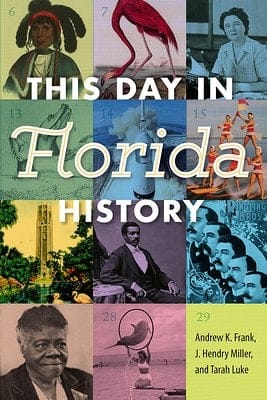
On February 3, 1885, Susan B. Anthony wrote to Floridian Julia Seiver to inquire about her helping to rally support for the women's suffrage movement in Florida. The movement had been struggling to gain traction in Florida even among white reformers. Instead of pushing for the vote, many white women emphasized temperance and maintaining racial segregation. Seiver thought differently and told Anthony that she wished she was healthy enough to go on a speaking tour for the "noble cause" because "the indifference manifested by the [white] women of the South is truly deplorable." Despite Seiver and Anthony's efforts, Florida women did not get the right to vote until 1920. Page 21-22
For further reading: Doris Weatherford, They Dared to Dream: Florida Women Who Shaped History (Gainesville, University Press of Florida 2015)
Infinite Hope: A Conscious Effort
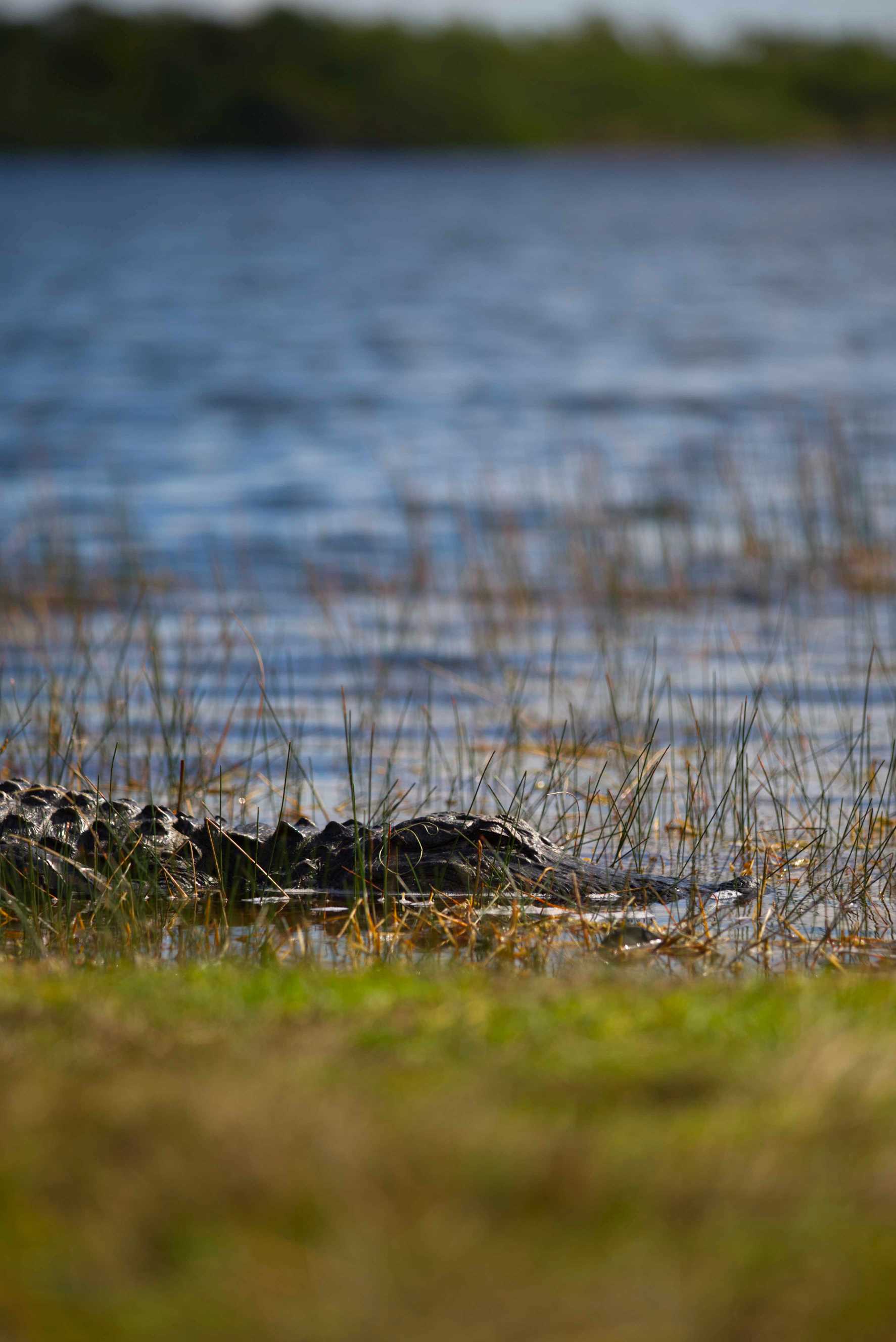
It has been an interesting week for everyone in America. This is certainly true for those of us connected to education, research, or both. This is part of the reason why I run away to nature. In the introduction to his excellent travel guide for the Everglades, award-winning photojournalist Roger L. Hammer recalls a conversation with Marjory Stoneman Douglas, the heralded freelance journalist who wrote The Everglades River of Grass. I reprint a bit of it here:
[A]s we stood there gazing out across a boundless, watery prairie, I asked what she thought was so special about the view in front of us. She stood there silent for so long that I began to wonder if she'd heard my question, and then she quietly opined, "Do you hear that hawk calling for its mate? And did you see that flock of ibis that just landed in the cypress dome off in the distance?" And then tranquility overtook her again. Taking advantage of the silence that had descended upon her, I gazed back across the boundless expanse of Everglades, realizing only then that no more words were necessary. --page xii
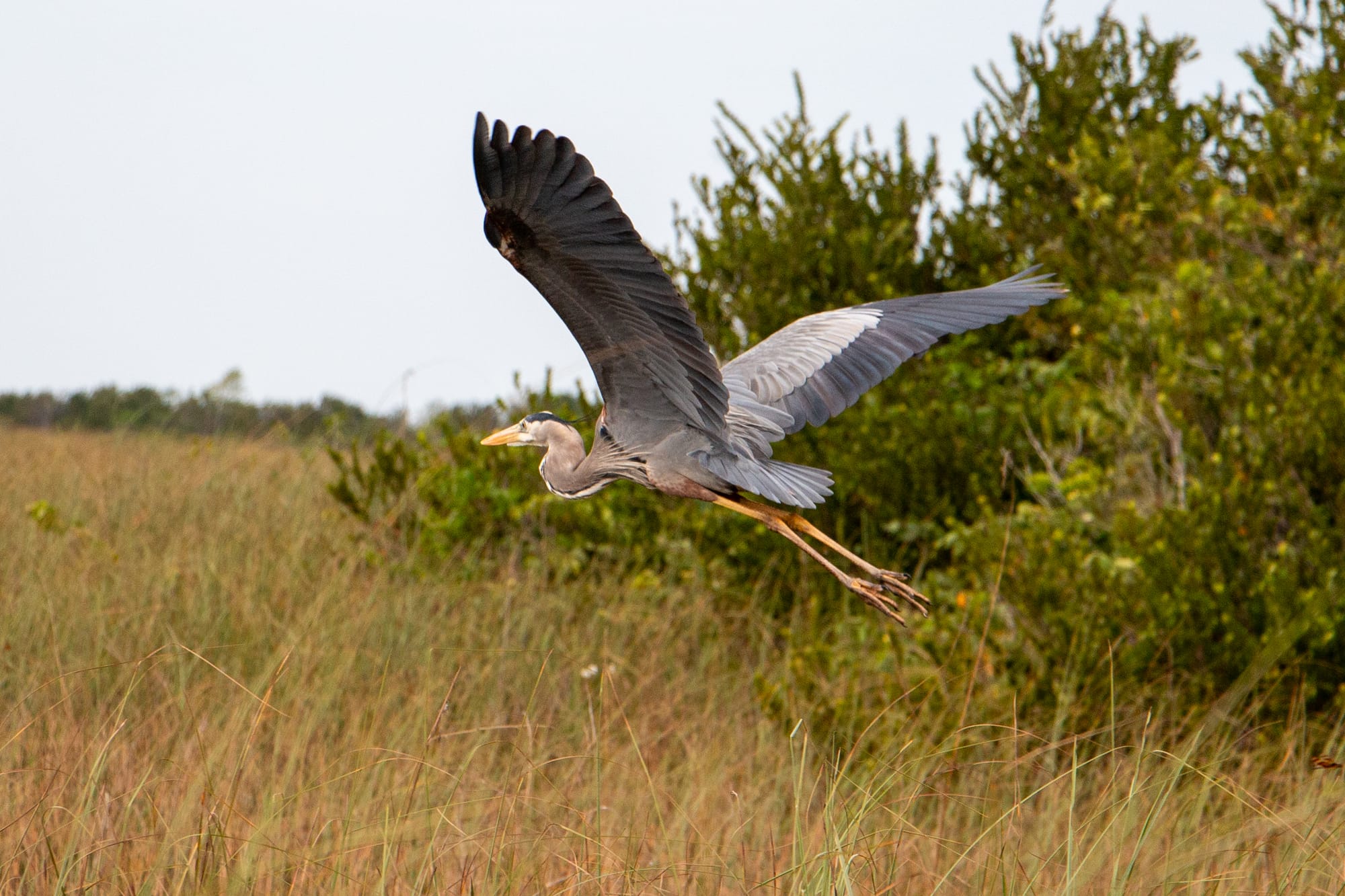
There is a sort of communion with nature when you get far enough into it that the markers of human industry start to recede, if only a little, and a landscape older than human civilization stretches out before you. On the best days, the tranquility overtakes me as well. So I go there often.
But I can't go into nature every day, so I rely on my wonderful, intelligent, funny, thoughtful, and passionate kids to help me get through the days alongside my brilliant, compassionate wife. And, of course, our faithful best friend, Bear the History Hound.
